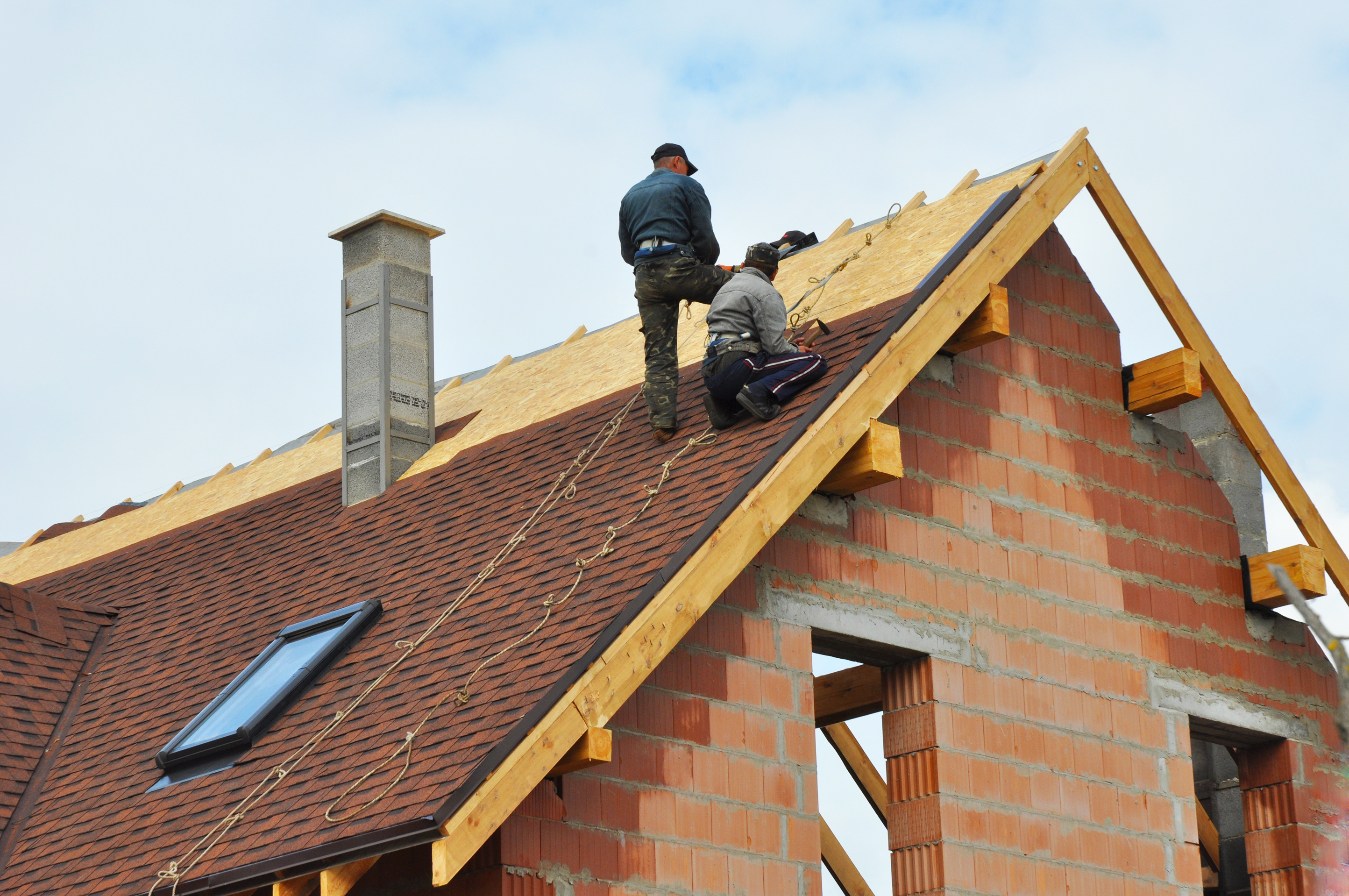Finest Practices for Ensuring Correct Roof Covering Ventilation
Guaranteeing appropriate roof air flow is critical for the durability and efficiency of a roof. A balanced intake and exhaust vent ratio, commonly 1:300, plays an essential function, with intake vents preferably positioned at the lower side of the roof covering for trendy air entrance and exhaust vents at the height for cozy air leave. Regular inspections to determine clogs and preserve clear air flow are critical. Furthermore, keeping insulation far from vents is crucial to stop air movement limitation. Comprehending these fundamental components sets the phase for more thorough insights into installment and upkeep techniques that can dramatically boost your roof covering system's performance.
Understand Air Flow Basics
Effectively understanding air flow essentials is important for making certain the long life and performance of roof. Efficient ventilation alleviates dampness buildup and temperature level extremes in the attic room, both of which can cause significant structural damage over time. A well-ventilated roofing system helps in protecting against common concerns such as mold and mildew growth, wood rot, and ice dams, which can endanger the honesty of the roofing materials and the underlying structures.
The main objective of air flow is to facilitate the movement of air, enabling a constant exchange in between the indoor and exterior settings. This balance is achieved with a combination of consumption and exhaust vents that collaborate to maintain optimal air movement. Intake vents, typically situated along the soffits or eaves, permit fresh air to go into the attic area, while exhaust vents, commonly positioned at or near the roof ridge, make it possible for hot, moist air to escape.
Trick variables influencing the performance of roofing air flow consist of appropriate positioning, sufficient sizing, and ensuring that both consumption and exhaust vents are unobstructed. Regular assessment and upkeep are vital to identify possible blockages, damages, or ineffectiveness in the ventilation system, thus safeguarding the roofing's performance and resilience.
Kinds Of Roofing Vents
Roofing vents play an important role in keeping effective attic ventilation and, by extension, the general wellness of the roof system. Numerous kinds of roof vents are offered, each with unique advantages tailored to particular roofing requirements.

Soffit vents are mounted under the eaves and operate in tandem with roofing system vents to make sure a well balanced intake and exhaust system. By enabling cooler air to go into from below, soffit vents promote the expulsion of hot air through upper vents. Gable vents, situated on the outside wall surfaces of the attic room, offer another effective solution, especially in homes with saddleback roofs.
Assess Your Current Ventilation

Following, consider the age and condition of your roof materials and ventilation parts. Older systems may not abide by current building regulations or may have weakened with time, reducing their effectiveness. Conduct a detailed evaluation to identify any indicators of wear and tear, such as corrosion, damages, or voids that can jeopardize the system's performance.
Furthermore, determine the attic room temperature level and moisture degrees. High temperatures and humidity can indicate inadequate ventilation.
Installment Best Practices
Reliable installation of roof air flow systems is vital for making certain optimum performance and long life. Correct setup starts with comprehending the particular ventilation demands of the building and the roofing system it covers. This entails determining the proper ratio of consumption to wear down vents, usually additional resources adhering to the 1:300 guideline, which stipulates one square foot of ventilation for every 300 square feet of attic room flooring room.

Intake vents must be set up at the roofing's lower edge, usually in the soffits, to enable cool air to go into. Exhaust vents, on the various other hand, ought to be installed near or at the roof's height to promote the departure of cozy, moist air.
Seal all vent links carefully to avoid air leakages and potential water infiltration. Use premium materials and follow manufacturer standards to make sure toughness and performance. Additionally, incorporating ridge vents with baffles can considerably enhance air movement efficiency by stopping wind-driven rainfall and snow from entering the attic.
Ultimately, accurate setup of roof ventilation systems alleviates possible concerns such as mold and mildew growth, ice dams, and architectural damages, making certain the roof covering's integrity and the structure's overall health.
Routine Upkeep Tips
Uniformity in maintenance methods site is fundamental to making certain the long-term efficiency of roofing ventilation systems. Normal examinations are important, ideally executed biannually-- in the spring and loss. During these evaluations, ensure that vents are free of debris, nests, and various other blockages that might impede air flow. Examine for any indications of wetness buildup or mold, as these can show incorrect air flow or leaks (gainesville fl roofing companies).
Utilize a soft brush or a vacuum cleaner to remove dust and particles from intake and exhaust vents. Be careful not to harm the air vent displays or louvers throughout the process.
Appropriate insulation is just as vital. Make sure that attic insulation does not obstruct the vents, as this can significantly restrict air flow. Reposition or replace it to maintain a reliable barrier. if any insulation has actually shifted click here to find out more or cleared up.
Finally, replace any type of harmed or missing components quickly. Broken vents, fractured roof shingles, or shabby blinking can all add to insufficient air flow and should be addressed immediately. Regular maintenance ensures that the roof covering air flow system works efficiently, thus prolonging the life expectancy of the roofing itself.
Conclusion
Ensuring proper roof covering ventilation is extremely important for keeping the effectiveness and toughness of a roof system. Adherence to the 1:300 consumption and exhaust air vent ratio, coupled with the strategic positioning of vents, is vital.
A balanced intake and exhaust vent ratio, typically 1:300, plays a critical duty, with intake vents ideally placed at the lower edge of the roofing for great air entrance and exhaust vents at the peak for cozy air exit. Intake vents, commonly situated along the eaves or soffits, enable fresh air to go into the attic space, while exhaust vents, often located at or near the roofing ridge, make it possible for warm, damp air to get away.
Soffit vents are installed under the eaves and work in tandem with roof covering vents to guarantee a well balanced intake and exhaust system. By allowing cooler air to enter from below, soffit vents facilitate the expulsion of warm air with upper vents. Adherence to the 1:300 consumption and exhaust vent proportion, paired with the critical positioning of vents, is necessary.